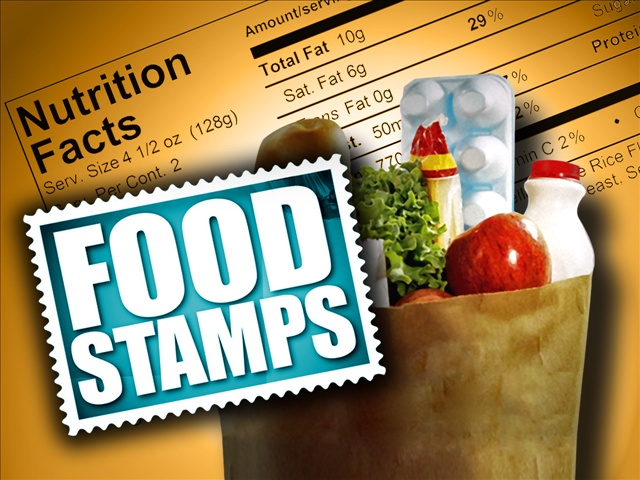
Beginning this summer, some Americans who receive food assistance will have a new way to feed their families. The Agriculture Department said that it will test a program that allows people on the Supplemental Nutrition Assistance Program – SNAP, known as food stamps – to order groceries online through various retailers. The ability to shop online could bring healthful food into food deserts, low-income areas where fresh food is not readily available.
“Online purchasing is a potential lifeline for SNAP participants living in urban neighborhoods and rural communities where access to healthy food choices can be limited,” Agriculture Secretary Tom Vilsack said in a news release last week.
The program will be tested in seven states. The USDA has partnered with several local and national retailers for the two-year pilot, including Hy-Vee and FreshDirect. In Maryland, SNAP recipients will be able to choose among Amazon, Safeway and ShopRite. Participants will be able to use SNAP to pay for eligible items, but delivery charges will come out of their own pockets. Bread, meat, fruits and vegetables are permitted; household items, beer and cigarettes are among the prohibited goods. (Disclosure: Amazon and The Washington Post share an owner.)
The program also stands to improve the lives of SNAP recipients who do not have cars and who may have to walk miles to a grocery store. And while come critics of the program might wonder about recipients’ access to the Internet, The Post’s Rachel Premack reported in July that connectivity is less of a problem than transportation:
“Access to at-home Internet is somewhat more common among the poor than access to a car – 88 percent vs. 79.6 percent. Take Mobile, Ala., where a third of residents are both below poverty level and live farther than half a mile from the nearest supermarket. Ninety-one percent of those below the poverty line have Internet access, and only 76 percent have a car. The option of home-delivered groceries, assuming the Internet access is fast enough to use the websites of grocery providers, could make life less stressful.”
Poor families might also choose to shop online for the same reason middle-class families do: They’ll get extra time to spend at work or with their families, instead of shopping at a brick-and-mortar store. “On the most basic level, time spent with children is a luxury low-income parents often cannot afford,” Clio Chang wrote in a report for the Century Foundation. Emotional neglect can adversely affect childhood development.
To prevent fraud, SNAP purchases must have a higher level of security than other online purchases, the news release notes. The most recent statistics on stamp trafficking, one form of food stamp fraud, peg it at 1.3 percent nationwide.
SNAP grew significantly after the recession, but the number of caseloads has declined in recent years, according to the Center on Budget and Policy Priorities. More than 44,000 Americans benefit from the program; nearly half are children. Another push for access in 2013 expanded SNAP acceptance at farmers markets nationwide.
(c) 2017, The Washington Post · Maura Judkis
{Matzav.com}












Terrific. Will this new service be available in Brooklyn, NY?